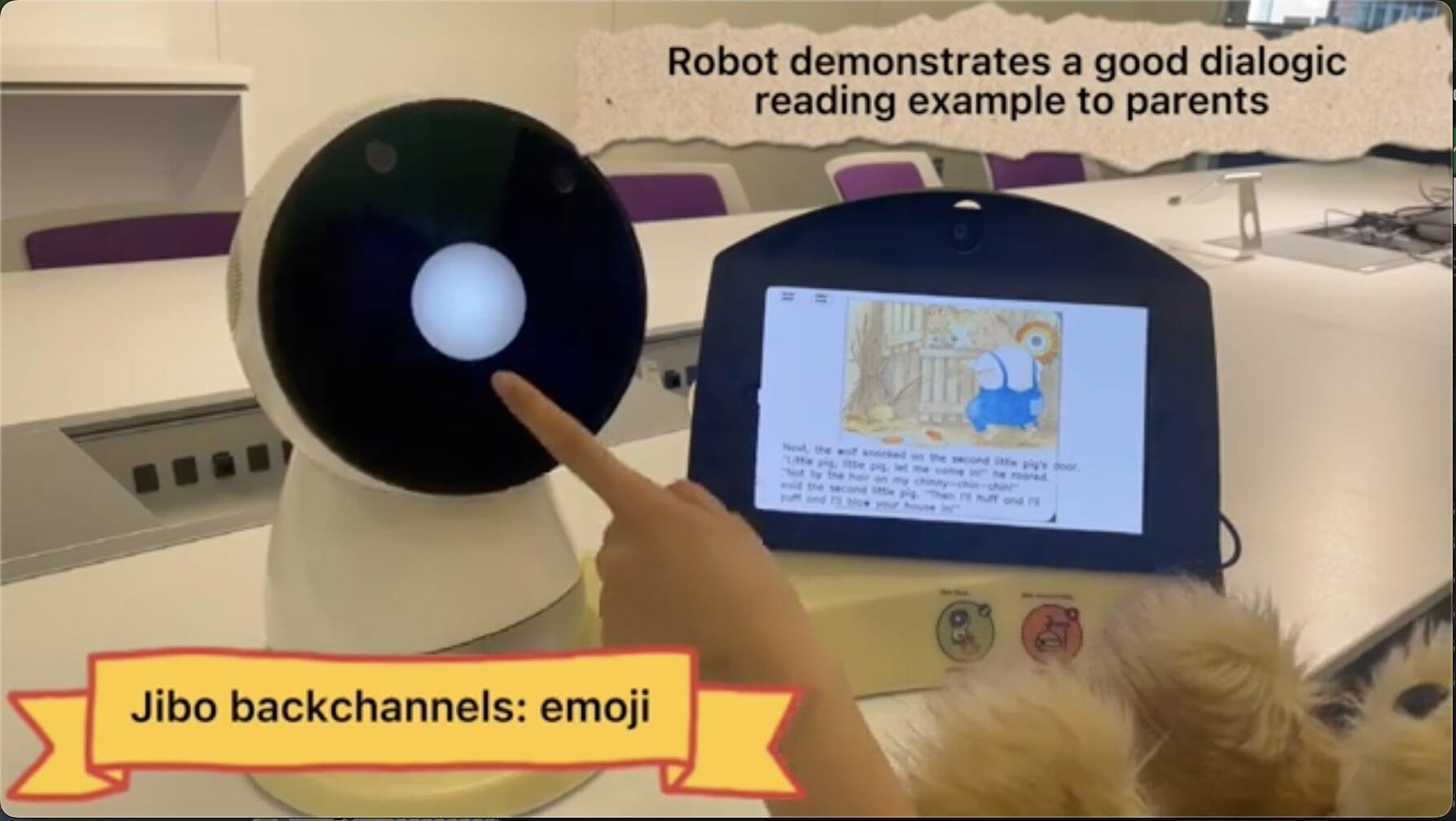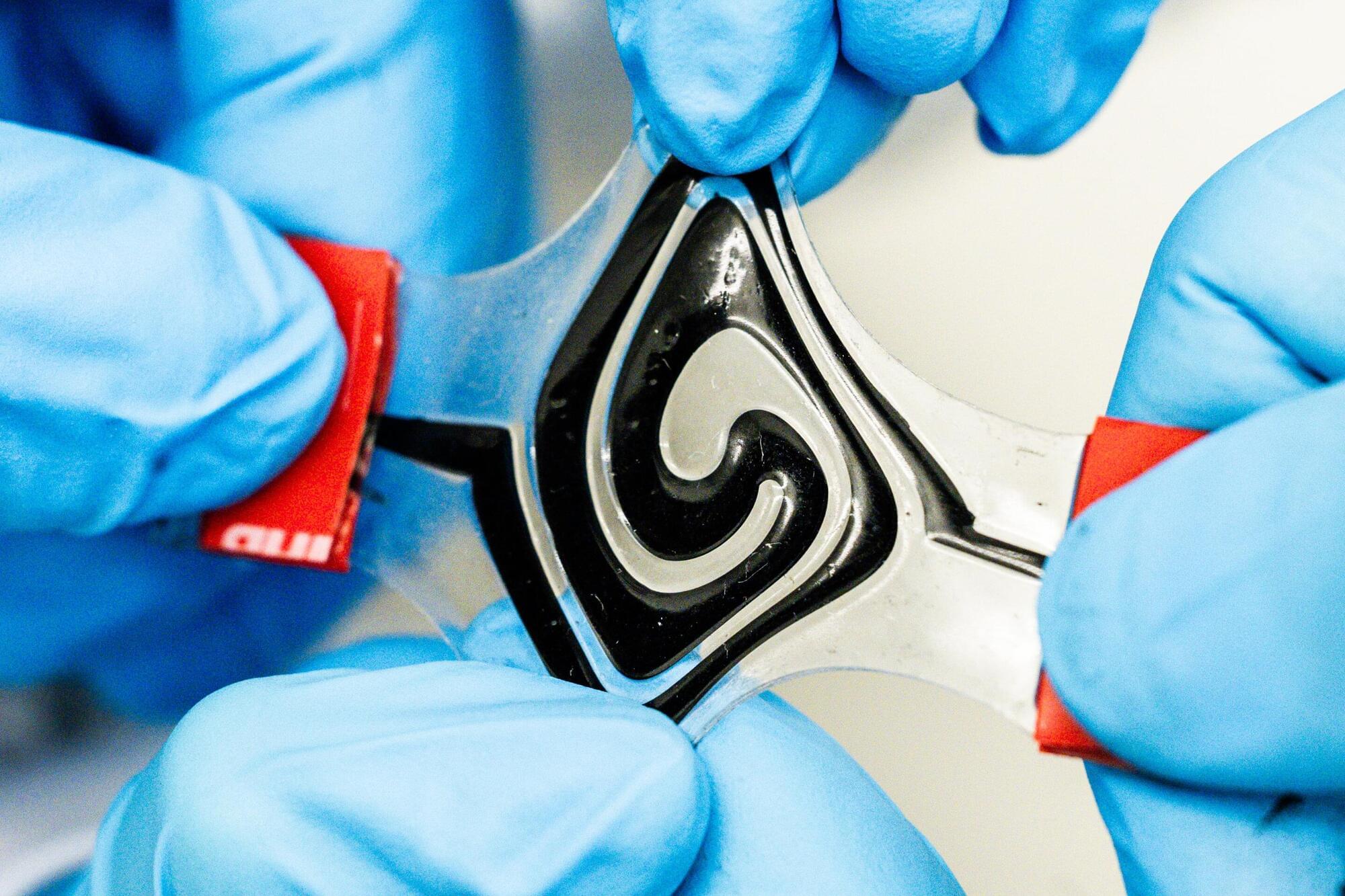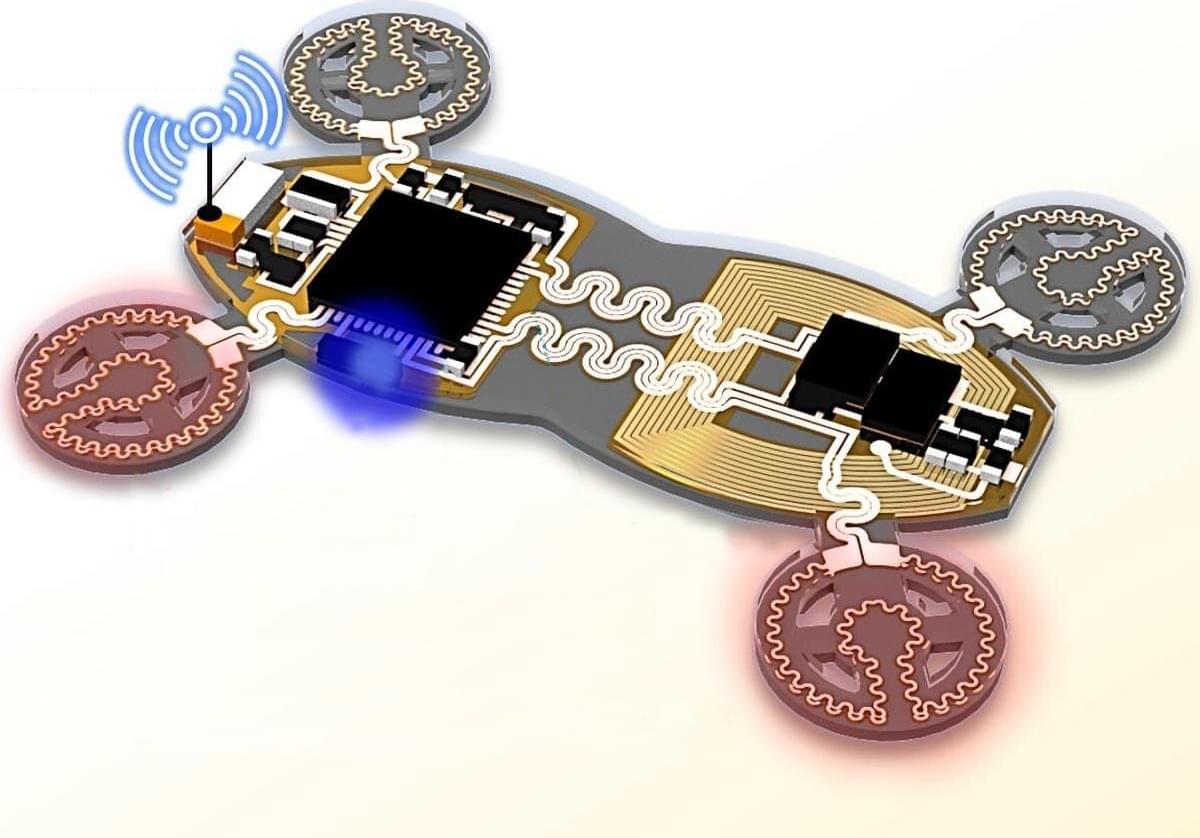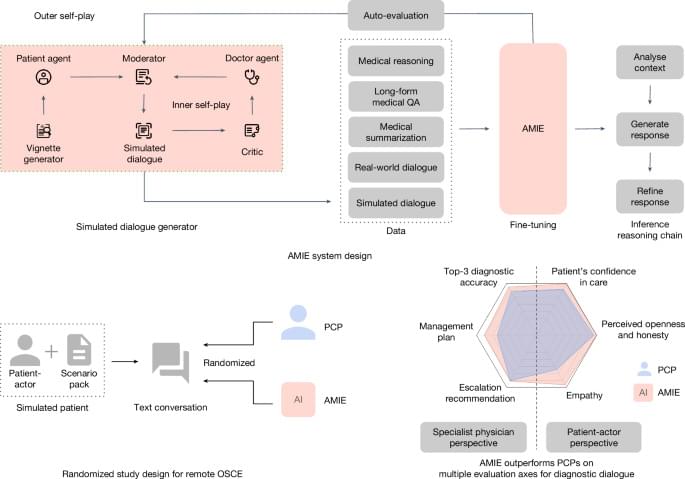An Opera AI agent called Browser Operator navigated the web on a user’s behalf in a science-fiction-like demonstration.





Due to ever-accelerating urbanization in recent decades, exploring the contributions of trees in mitigating atmospheric carbon in urban areas has become one of the paramount concerns. Remote sensing-based approaches have been primarily implemented to estimate the tree-stand atmospheric carbon stock (CS) for the trees in parks and streets. However, a convenient yet high-accuracy computation methodology is hardly available. This study introduces an approach that has been tested for a small urban area. A data fusion approach based on a three-dimensional (3D) computation methodology was applied to calibrate the individual tree CS. This photogrammetry-based technique employed an unmanned aerial vehicle (UAV) and spherical image data to compute the total height (H) and diameter at breast height (DBH) for each tree, consequently estimating the tree-stand CS.

Over the past decades, researchers have developed a wide range of advanced social and assistance robots that could soon be introduced into households worldwide. Understanding how the introduction of these systems might impact the lives of users and their interactions with others living in their homes is crucial, as it could inform the further improvement of robots before their widespread deployment.
Recent studies suggest that household robot companions could foster educational conversations between parents and children, particularly during story-reading sessions. By actively participating in these sessions, for instance by asking questions or assuming the role of a playmate, robots were found to augment interactions between children and their caregivers, enriching their conversations and supporting the children’s acquisition of new vocabulary.
Researchers at the Massachusetts Institute of Technology (MIT) recently carried out a study to further explore the potential of social robots as conversation catalysts and tools to enhance interactions between children and parents. Their findings, published in Science Robotics, suggest that English-speaking robots can improve the quality of dialogue between parents and children, with families that fluently speak English benefitting more from their use.

Using electrodes in a fluid form, researchers at Linköping University have developed a battery that can take any shape. This soft and conformable battery can be integrated into future technology in a completely new way. Their study has been published in the journal Science Advances.
“The texture is a bit like toothpaste. The material can, for instance, be used in a 3D printer to shape the battery as you please. This opens up for a new type of technology,” says Aiman Rahmanudin, assistant professor at Linköping University.
It is estimated that more than a trillion gadgets will be connected to the Internet in 10 years’ time. In addition to traditional technology such as mobile phones, smartwatches and computers, this could involve wearable medical devices such as insulin pumps, pacemakers, hearing aids and various health monitoring sensors, and in the long term also soft robotics, e-textiles and connected nerve implants.


Large Reasoning Models like DeepSeek-R1 mark a fundamental shift in how LLMs approach complex problems. Instead of directly producing an answer for a given input, DeepSeek-R1 creates detailed multi-step reasoning chains, seemingly ‘thinking’ about a problem before providing an answer. This reasoning process is publicly available to the user, creating endless opportunities for studying the reasoning behaviour of the model and opening up the field of Starting from a taxonomy of DeepSeek-R1’s basic building blocks of reasoning, our analyses on DeepSeek-R1 investigate the impact and controllability of thought length, management of long or confusing contexts, cultural and safety concerns, and the status of DeepSeek-R1 vis-à-vis cognitive phenomena, such as human-like language processing and world modelling. Our findings paint a nuanced picture. Notably, we show DeepSeek-R1 has a ‘sweet spot’ of reasoning, where extra inference time can impair model performance. Furthermore, we find a tendency for DeepSeek-R1 to persistently ruminate on previously explored problem formulations, obstructing further exploration. We also note strong safety vulnerabilities of DeepSeek-R1 compared to its non-reasoning counterpart, which can also compromise safety-aligned LLMs.

Artificial Intelligence, particularly Generative AI, is making a significant impact on India’s insurance industry in 2025, delivering productivity improvements of over 30 per cent, according to a new report by Boston Consulting Group (BCG) released on Friday.
The report highlights that insurers leveraging AI in underwriting are witnessing efficiency gains of up to 36 per cent, driven by improved use of both structured and unstructured data. In customer service, AI-enabled knowledge assistants have enhanced productivity by more than 30 per cent, while simultaneously raising service quality standards.
AI is also strengthening claims processing. The report notes that up to 70 per cent of straightforward claims are now being resolved in real-time using AI, reducing processing costs by 30–50 per cent and significantly improving the customer experience.
